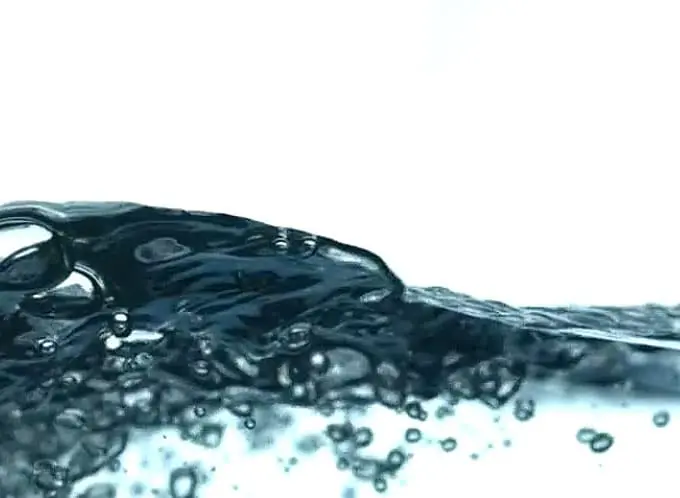words Alexa Wang

There are different parameters by which spacecraft are classified: payload weight, launch method, national belonging, time of active existence, and more. But the groundbreaking innovations in spacecraft include small satellites, high-throughput satellites, all-electric satellites and low Earth orbit (LEO) satellites.
For almost 3 decades, they created groundbreaking opportunities for a range of industries. For instance, field satellite monitoring in agriculture with the help of tools like EOSDA Crop Monitoring.
In this piece, we’re going to focus on small satellites and their future perspectives.
Small Satellites History and Purpose
The terms small satellite and microsatellite started becoming the buzzwords in the 90s. But the interest in satellites with the mass below a ton appeared long before that. And the reason for that was small satellites’ relatively low launch cost.
By the beginning of the 2010s, the trend towards miniaturization of onboard systems and the expansion of the circle of participants in space activities has led to a sharp increase in the popularity of small spacecraft used for applied, scientific, and technological purposes. The same year, 4 microsatellites, 15 nanosatellites, and 3 picosatellites were launched. But what awaits them in the future? Let’s see the global satellite ecosystem development trends to find out what place small satellites hold there and how they can be affected by these.
Key Predictions for the Global Satellite Ecosystem
Here are the main tendencies that move the progress of global satellite ecosystem development.
Active and Passive De-orbiting Systems
One of the biggest issues that pose a threat to functioning satellites, especially the small ones, is space junk in the Earth’s orbit. De-orbiting systems are the electric, chemical and water propellants in charge of battling this problem by guiding the process of space debris leaving the orbit. The current trend in the space sector is aimed at improving these procedures.
Data Processing and Transmission Capacity
The constantly growing need for high data processing and transmission capacities is one of the critical technical issues that small satellites face today. Modern solutions call for higher power consumption for improved data transmission capacity, which implies the use of larger satellites.
Large Constellations and Enhanced Coordination
Another trend in the space industry nowadays is the shift towards big constellations of small satellites that are able to provide a wide range of services across the globe. However, this inevitably leads to the emergence of new issues in satellite management and coordination.
The way out would be the currently developing new communication technologies that will help optimise coordination among satellites in a particular constellation to ensure they can easily “communicate” with each other for various purposes.
Artificial Intelligence
While artificial intelligence (AI) is also becoming part of space industry technologies, it will also bring significant advances to small satellites. The biggest of these advances would be:
- Telemetry-based automatic diagnostics
- On-board data processing and downloaded data reduction
- Streamlining of task management related to satellites’ control
Now that we covered the main trends in global satellite ecosystem development, lets’ move on to scenarios that particularly the small satellite ecosystem may face in the future.
The Future of the Global Small Satellite Ecosystem
Here are the main pathways that can be singled out when predicting the future of the small satellite ecosystem.
Small Satellites Constellations in Low Earth Orbit
This scenario implies commercial success of small satellite constellations in low earth orbit. That means 100 of smallsats co-existing with aerial, ground, and space-based platforms, with respect to both communications and imagery.
Small Satellites Catching Up With Larger Satellites in Remote Sensing Capabilities
This scenario is about growing the number of countries that will have access to technology that is at near-parity with large satellites in remote sensing. The commercial availability of these capabilities for many countries will allow for achieving equality in remote sensing for both small and large satellites.
Small satellites have undoubtedly come a long way since their appearance 25 years ago. Modern technology development in GPS, the Internet, and electronics keeps opening new opportunities and capabilities that build up the competitive strength of smallsats. And this trend doesn’t seem to show the signs of stopping.




